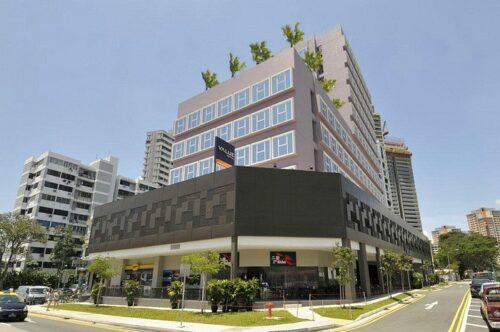DIFFERENCE BETWEEN DEPRECIATION AND OBSOLESCENCE
Depreciation and obsolescence are both concepts related to the reduction in value of an asset over time, but they refer to different types of value reduction.
Depreciation refers to the gradual decrease in the value of an asset due to wear and tear or deterioration over time. For example, a vehicle will depreciate in value as it is driven and experiences wear and tear on its engine, transmission, and other components.
On the other hand, obsolescence refers to the decrease in value of an asset due to it becoming outdated or no longer useful. This can occur due to technological advancements, changes in consumer preferences, or changes in industry standards. For example, a computer may become obsolete as newer and faster models are released, making it less desirable and less valuable.
Here are some key points that highlight the difference between depreciation and obsolescence:
Depreciation:
- Depreciation is a reduction in the value of an asset over time due to wear and tear, deterioration, or physical damage.
- It is a natural and expected result of using an asset, and can be estimated and accounted for in financial statements.
- Depreciation can be calculated based on various methods such as straight-line, declining balance, or sum-of-the-years’-digits.
- Depreciation is a gradual process that happens over time, and can be affected by factors such as maintenance, usage, and age of the asset.
- Depreciation reduces the book value of an asset but does not necessarily make it unusable or obsolete.
Obsolescence:
- Obsolescence is a reduction in the value of an asset due to becoming outdated or no longer useful.
- It can be caused by changes in technology, consumer preferences, industry standards, or other external factors.
- Obsolescence can happen suddenly and unpredictably, making it difficult to account for in financial statements.
- Obsolescence can render an asset unusable or significantly less valuable, even if it is still physically in good condition.
- Obsolescence can be categorized as functional obsolescence, which refers to the loss of usefulness due to changes in technology or design, or economic obsolescence, which refers to the loss of value due to changes in the market or external factors.
In summary, depreciation and obsolescence are both factors that contribute to a reduction in the value of an asset, but they have different causes, impacts, and methods of accounting. Depreciation is caused by wear and tear over time, while obsolescence is caused by becoming outdated or no longer useful due to external factors.
FOR MANY MORE UPDATES AVAILABLE CLICK BELOW
CLICK THE BELOW LINK TO READ THE COMPLETE CONTENTS
SOME CONTENTS OF THIS WEBSITE ARE FOR GOLD SUBSCRIBERS ONLY.
Join us as a GOLD SUBSCRIBER and get access to read important books.
KIND ATTENTION
We are going to close all what’s groups of CEV soon due to difficulties in posting information or message in more than 5 groups of CEV at a time.
All future posts of empanelment notices & professional importance will be shared on
1. https://t.me/+dbHNkNO22xsyYTY1
2. www.valuerworld.com
3. The Twitter handle of CEV India
https://twitter.com/cevindia?t=XbqlvnwUVz1G3uPgs749ww&s=09
after closing the groups.
All members of these groups are requested to register themselves at the following link immediately for Getting all related timely updates.


